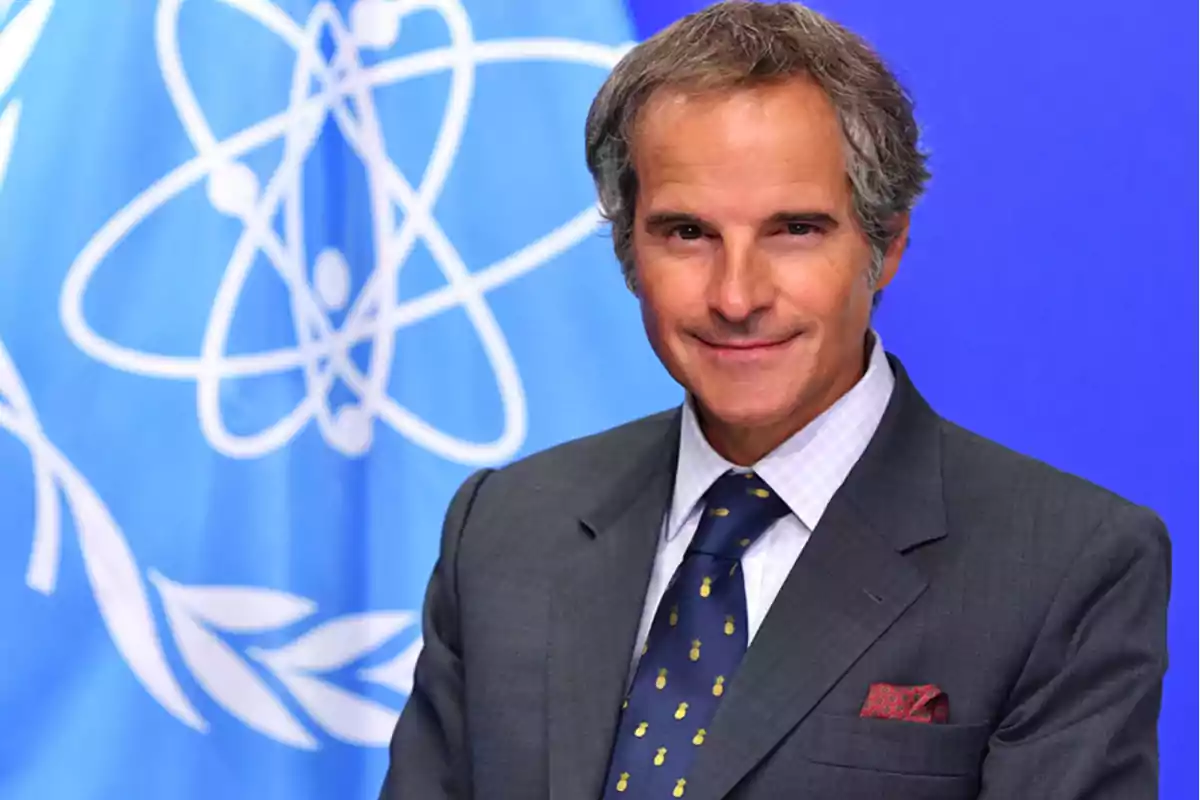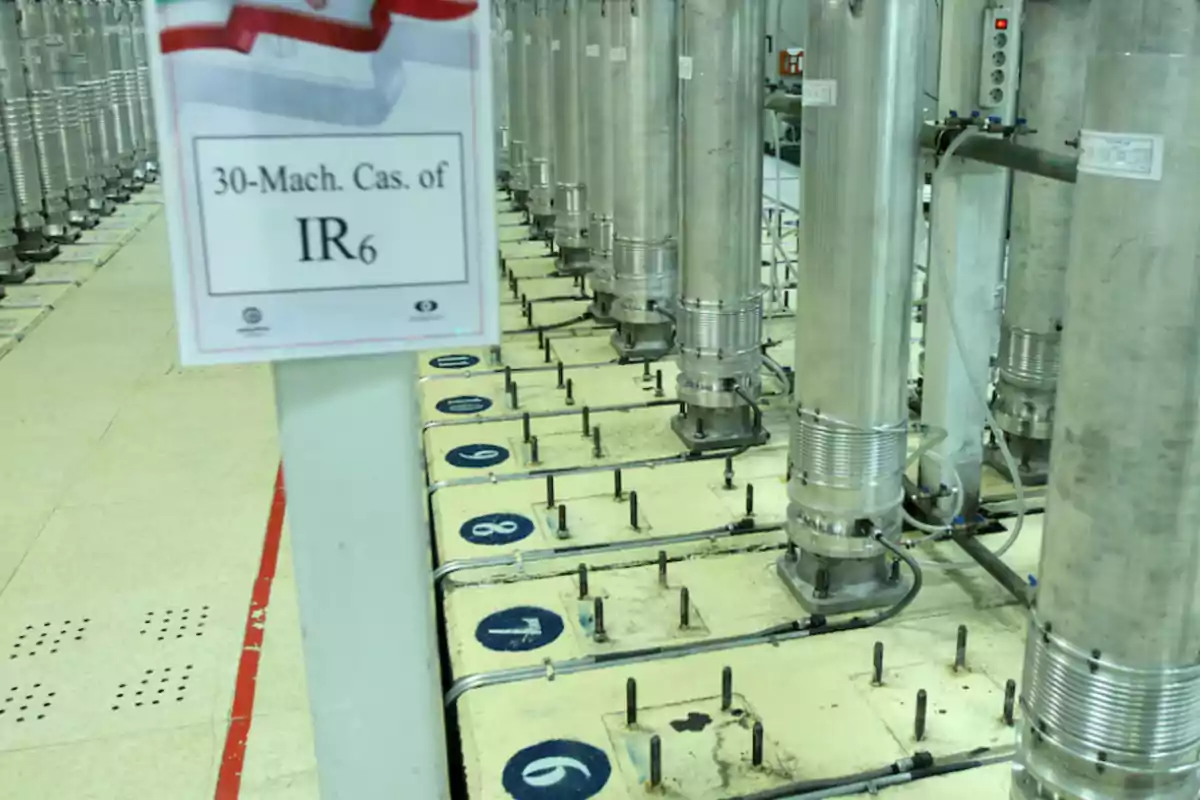
Rafael Grossi warned that Iran has enough material to produce up to eight nuclear weapons.
The IAEA director confirmed that the Iranian regime has accumulated uranium enriched to 60%, just one step away from military use
The Director General of the International Atomic Energy Agency (IAEA), Rafael Grossi, warned that Iran currently possesses enough nuclear material to build between six and eight atomic weapons, although he clarified that this "doesn't mean that they already have them." The warning was made in an interview with Radio Mitre, where he also referred to the recent Israeli bombings of Iranian nuclear facilities.
"If they wanted to do it, it's just one more step," Grossi stated regarding the possibility that Tehran could raise uranium enrichment to 90%, the threshold required for military purposes. According to the Argentine official, the Persian country has already reached 60% purity, which represents a considerable technical advance.
Attacks on Natanz and Isfahan
Grossi confirmed that last Friday's Israeli bombings caused severe damage to the Natanz plant, one of the main uranium enrichment centers of the Iranian regime. Although the attacks were intense, he assured that the environmental impact was limited. "They have been limited to facilities that had a relatively small amount of nuclear material," he explained.

The IAEA had reported that about 15,000 centrifuges at Natanz could have been rendered inoperative after a power outage caused by the attacks. In addition, four buildings at the Isfahan complex were damaged, where key tasks such as uranium conversion and fuel fabrication are carried out.
Underground nuclear facilities
Grossi revealed that Iran has moved part of its nuclear infrastructure underground, in response to previous attacks. "There are basically two facilities where Iran placed equipment and nuclear material underground, due to sabotage and drone attacks," the official stated, who assured that he has personally visited those sites.
Meanwhile, other plants such as Fordow and the Bushehr reactor were not targeted by the Israeli bombings.
Escalation of tensions and breakdown of cooperation
The recent attacks occurred one day after the IAEA Board of Governors approved a resolution condemning Iran for its lack of cooperation with inspectors. This is the first measure of its kind in two decades, supported by 19 countries. Russia, China, and Burkina Faso voted against it.

As retaliation, Iran announced that it will further restrict its cooperation with the IAEA, accusing the agency of not condemning the Israeli attacks. "It is senseless that those peaceful sites are attacked and that the agency remains silent," declared Deputy Foreign Minister Kazem Gharibabadi.
International coordination
When asked about contacts with international leaders, Grossi said that he did not speak directly with Donald Trump or Benjamin Netanyahu, but he did with their close associates. He also referred to Iran's historical stance on nuclear oversight: "They have always said that they have nothing to hide, but if that is the case, then they should show us much more."
The situation is unfolding in a context of maximum regional tension, with the conflict between Israel and Iran in open escalation and with restricted access for IAEA inspectors since 2021. The international community is watching Tehran's nuclear developments and the deterioration of the control system with concern.
More posts: